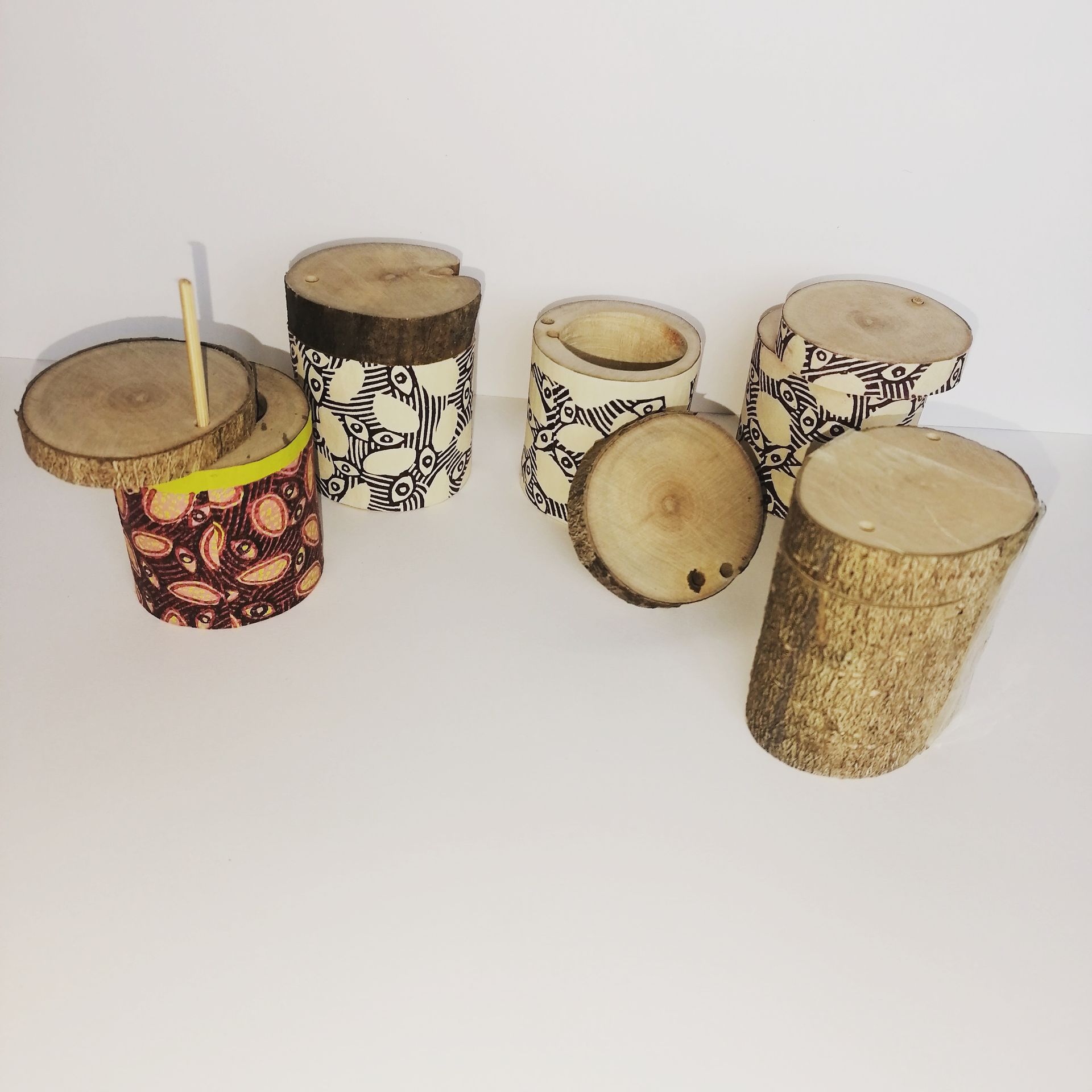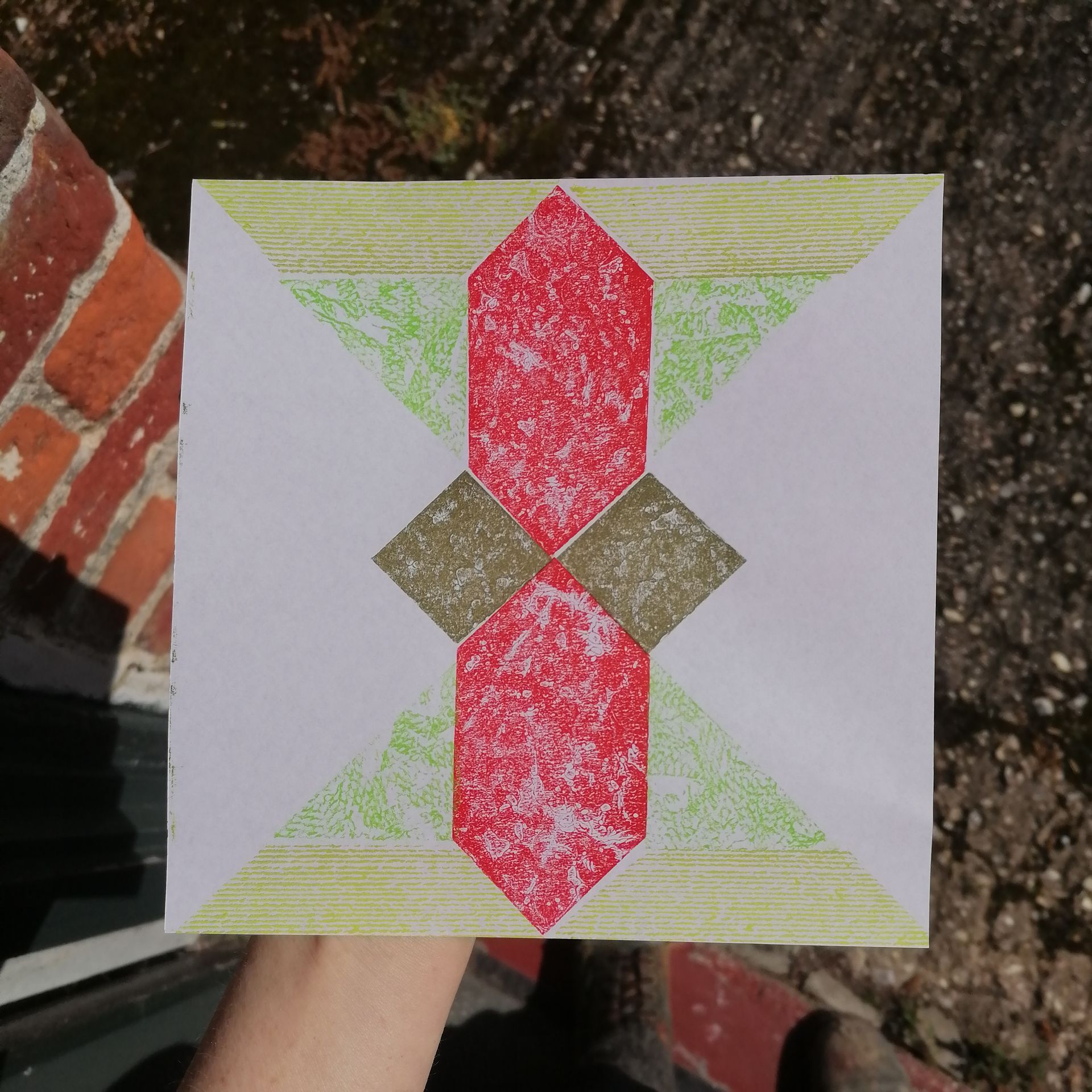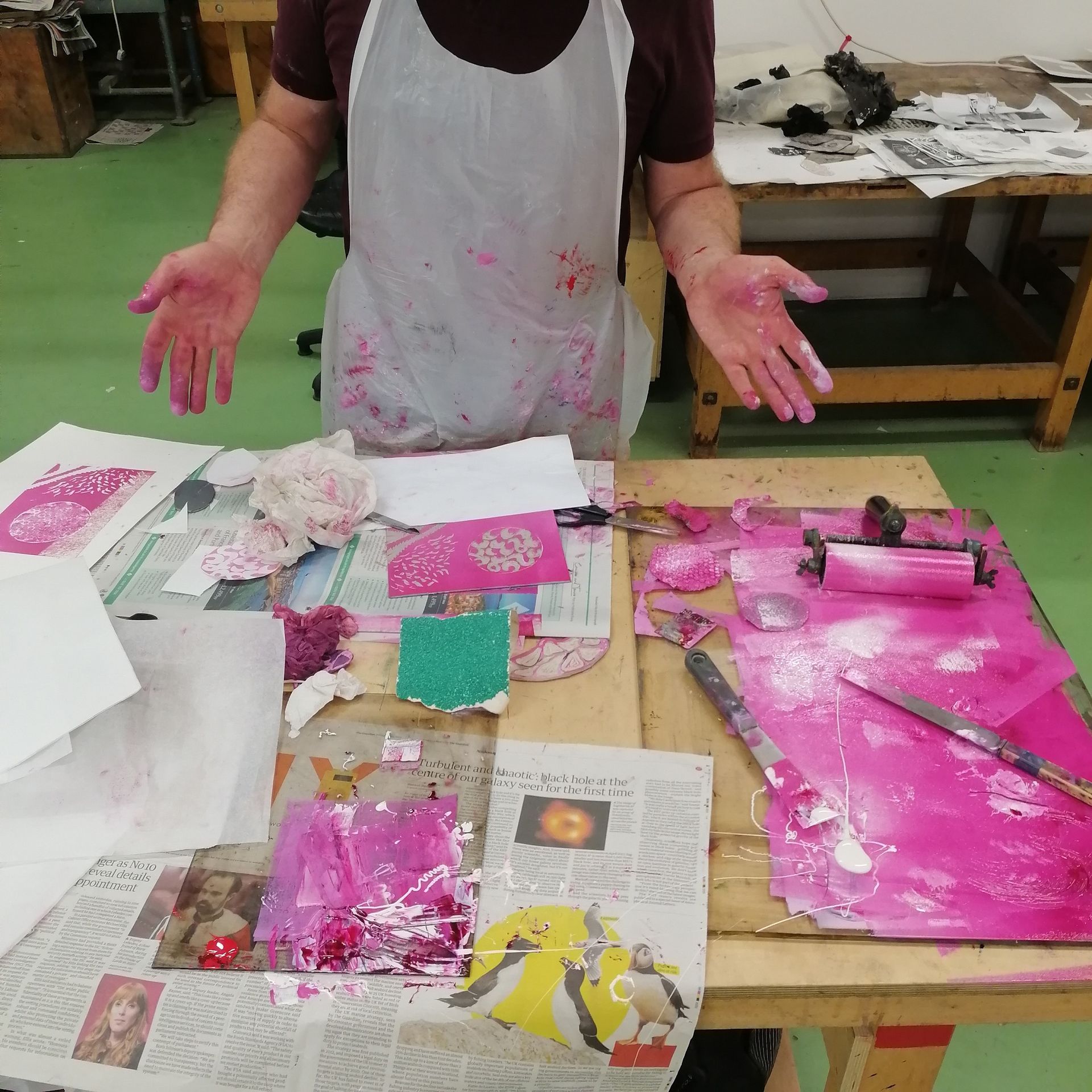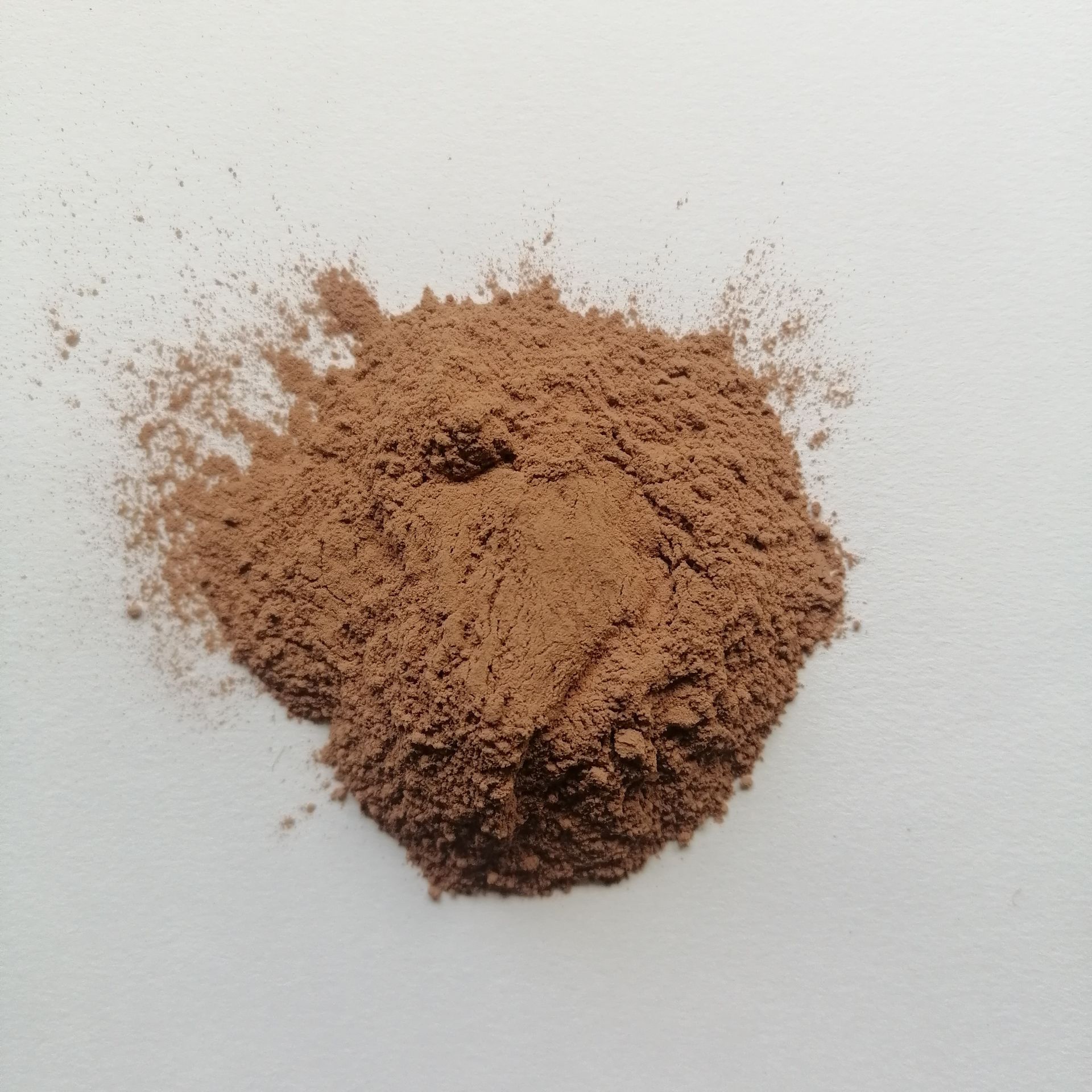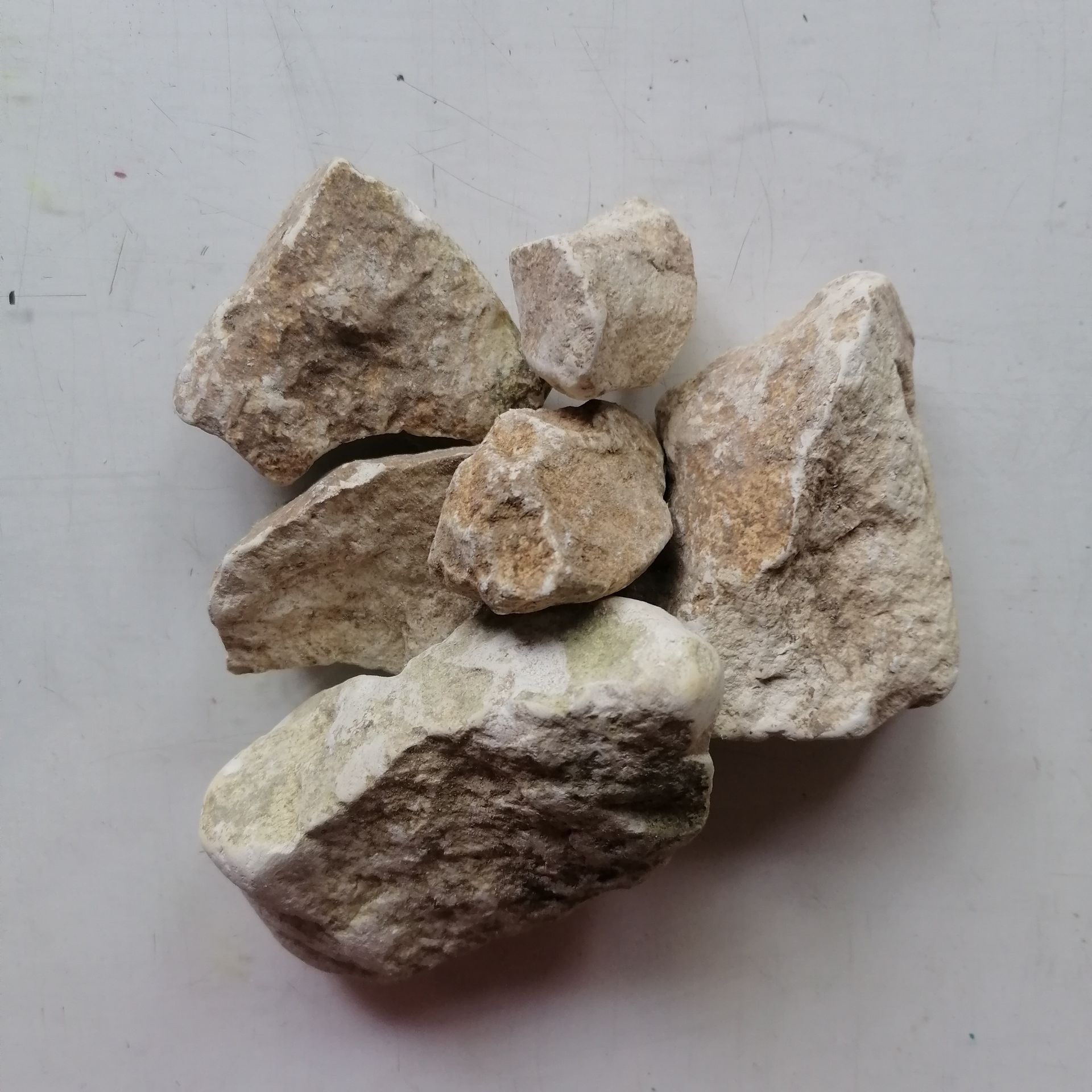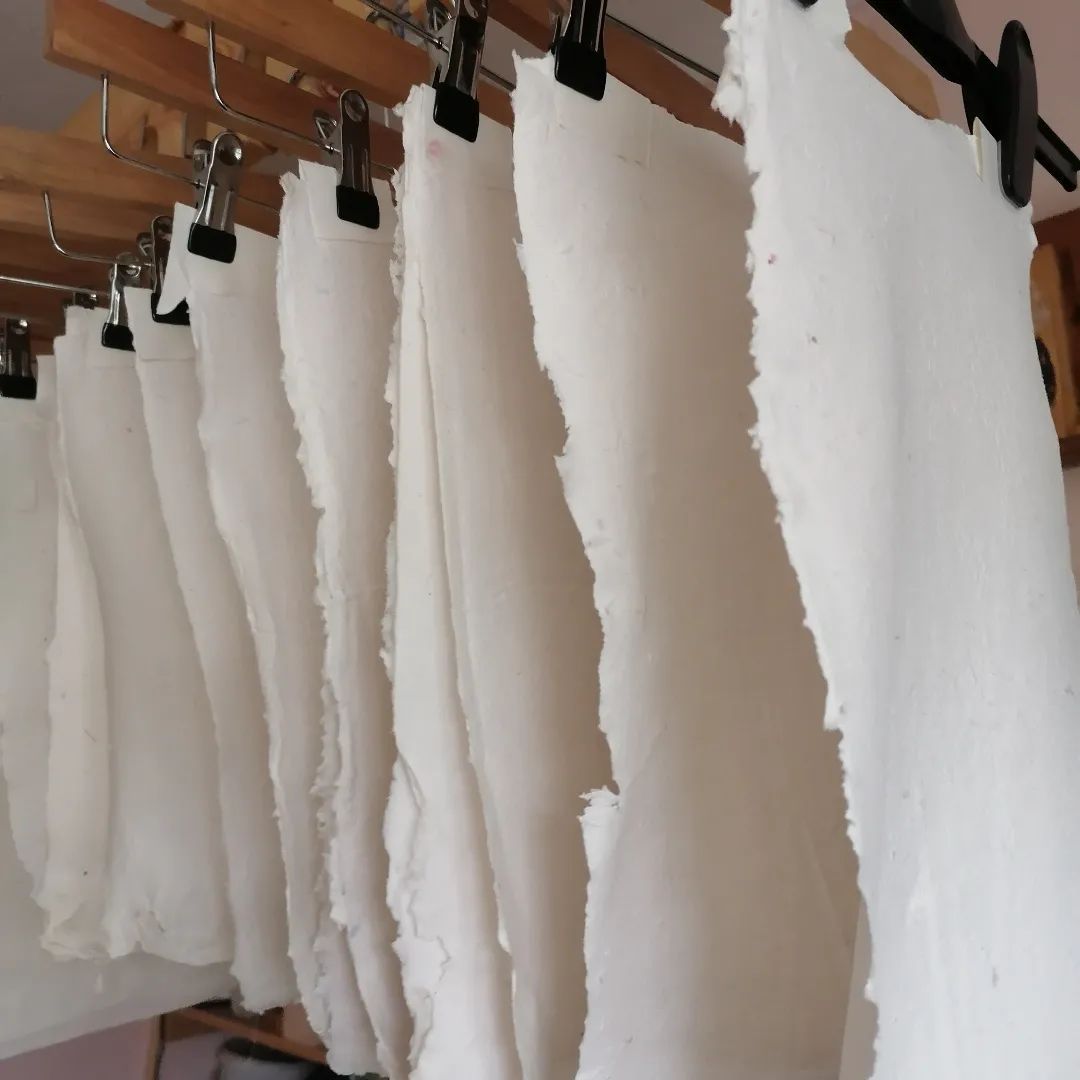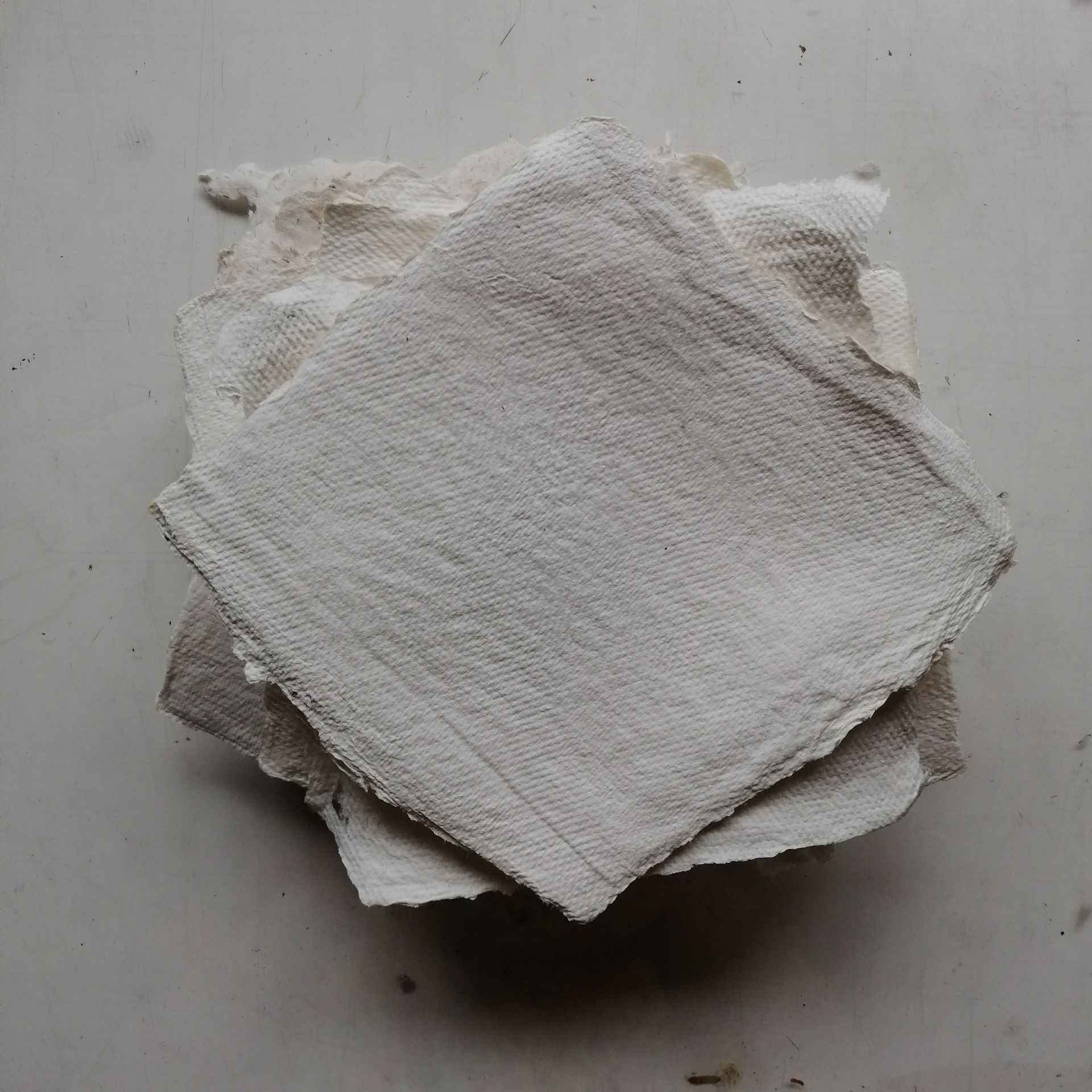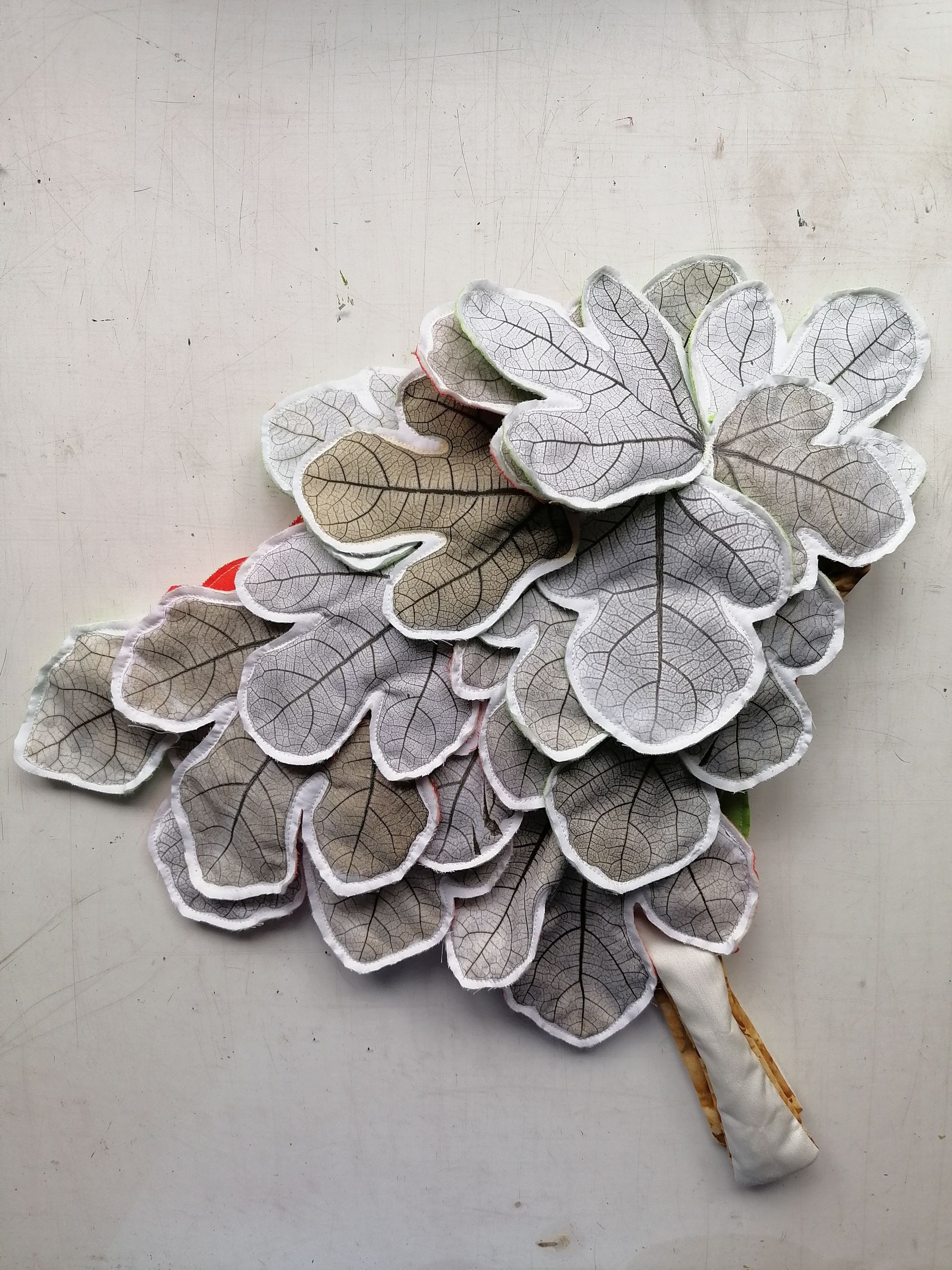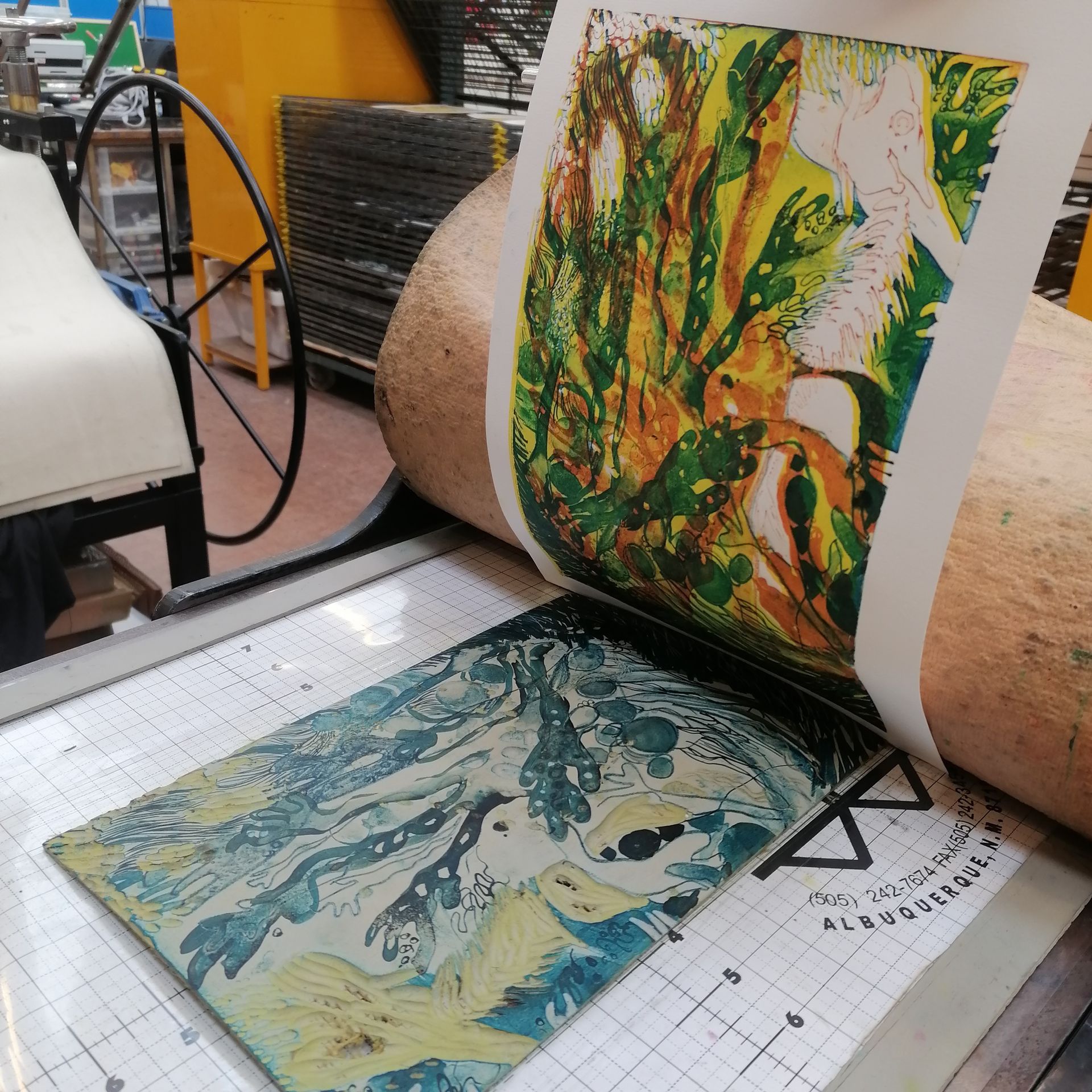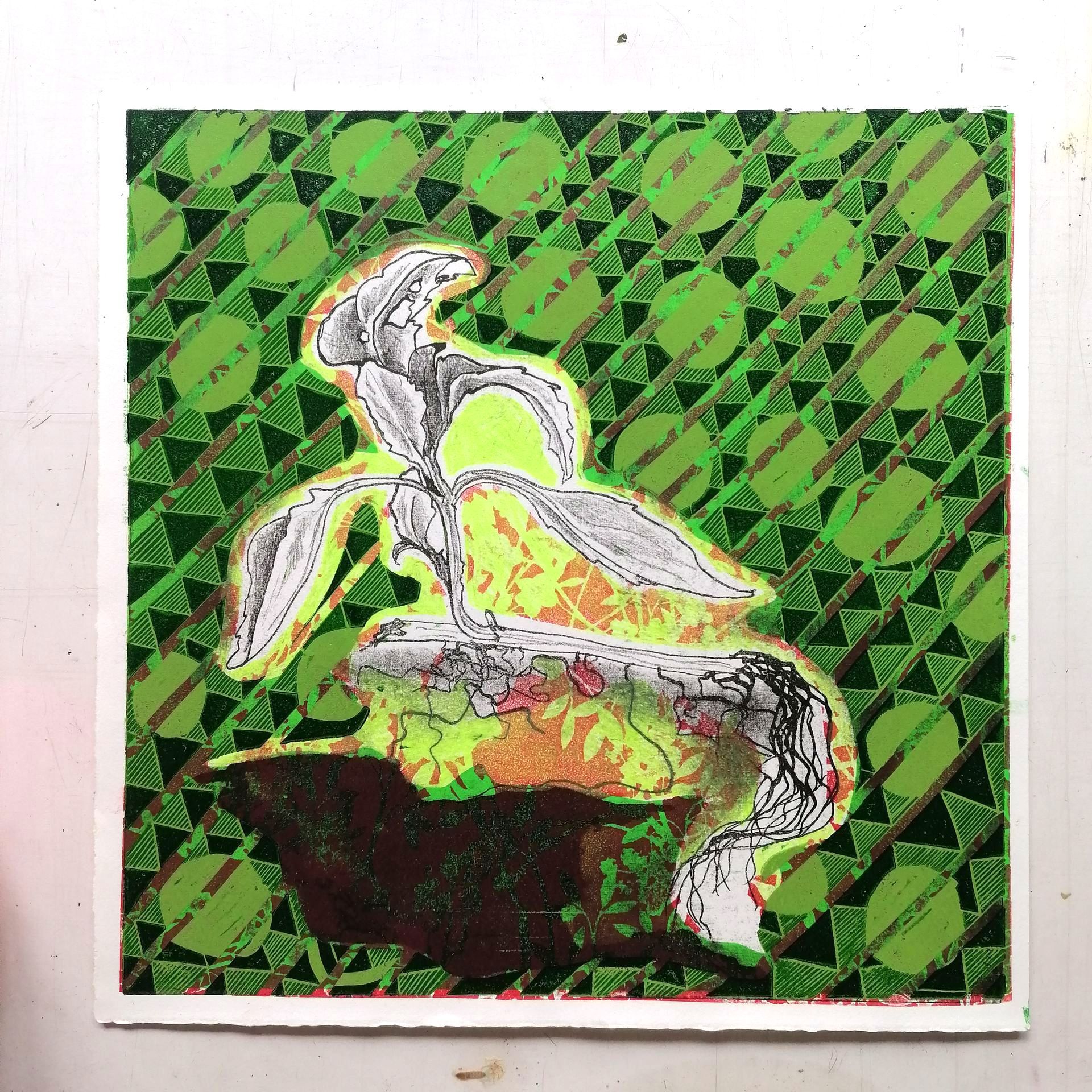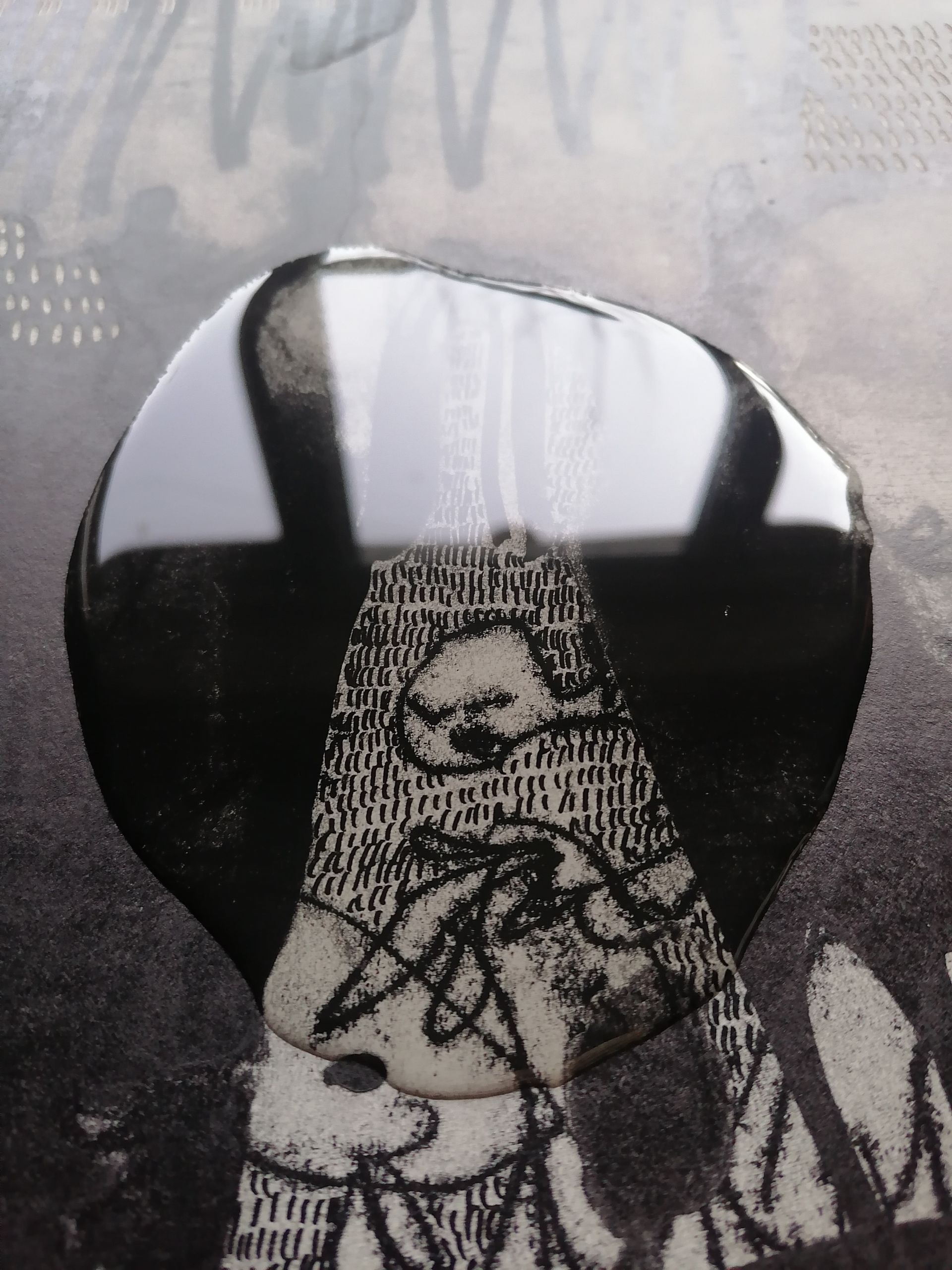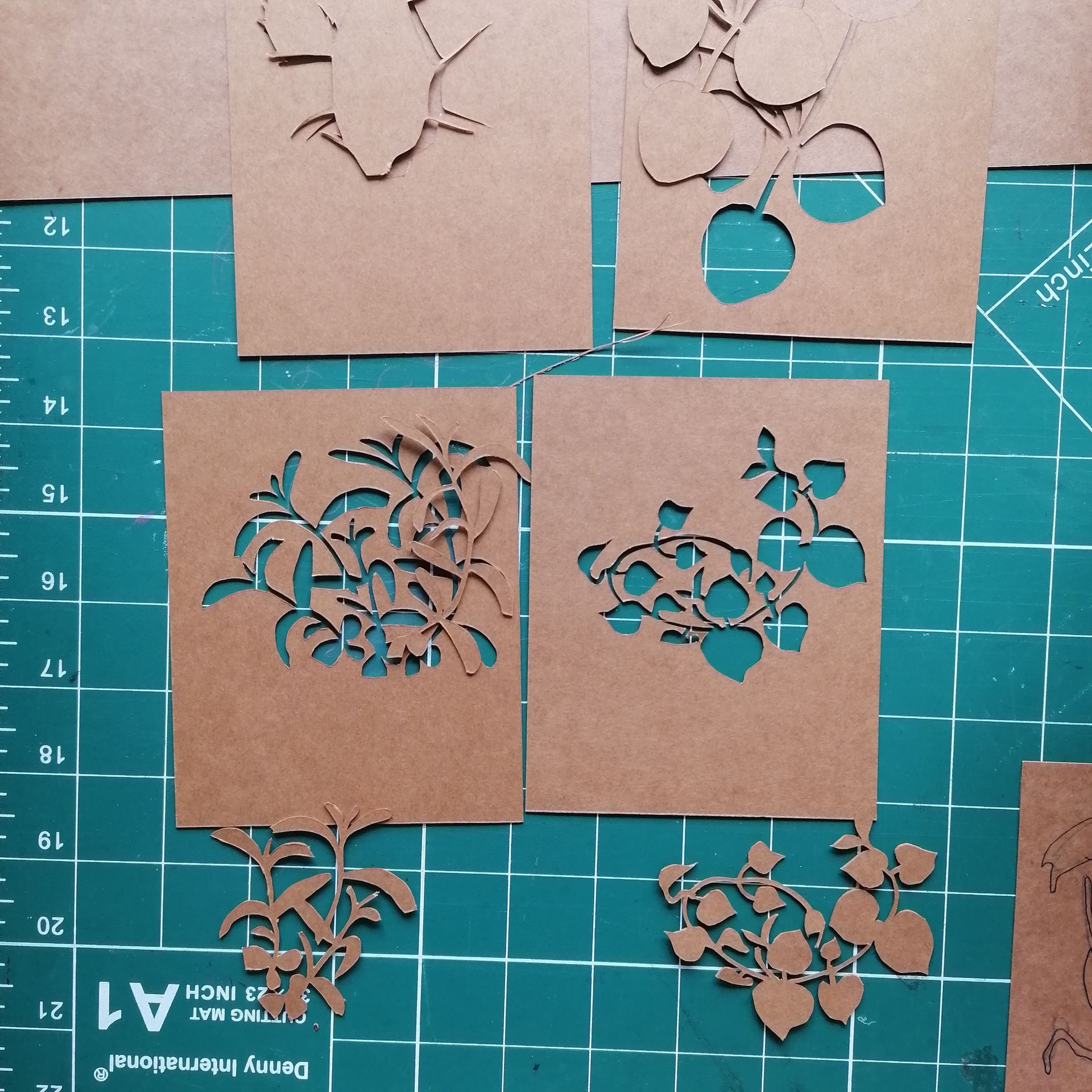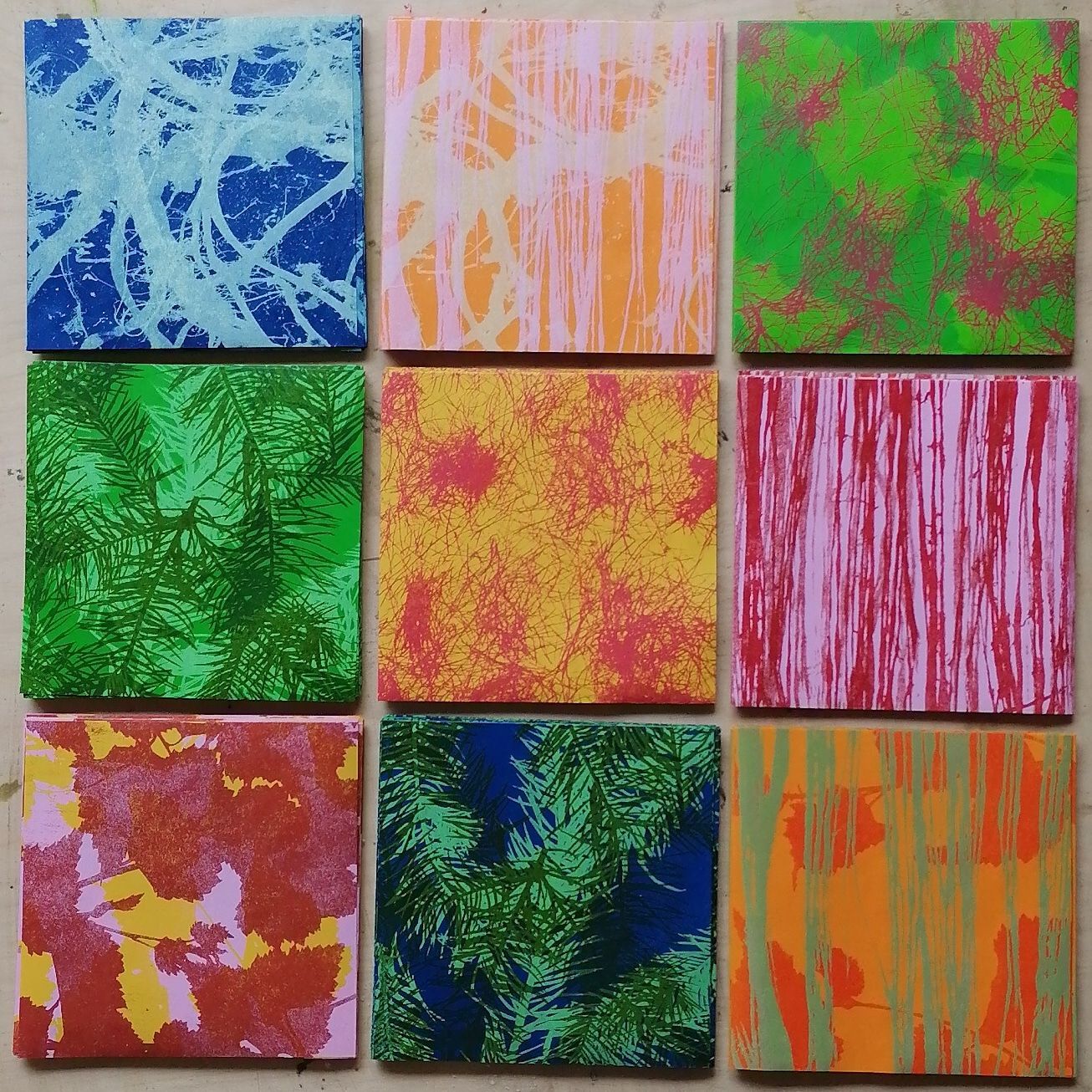Sustainability Research and Ecological Approach
Please scroll
further below to see more detail about key changes in my daily practice I have made. Transparency is vital to all projects of sustainability.
Singing, dancing, poetry, object making, painting, printing, spoken word and much more has been at the heart of humanity for a long as we can trace back our existence. Artists of all genres communicate the inside of the world and with this comes the responsibility to care for that planet we communicate about. This can pose serious questions, particularly if you are a maker who uses many materials in their practice. Ensuring the traceability and sustainability of materials used is vital if artists are to ensure that the legacy they leave for this planet is positive and enacted with genuine care for those who will live beyond them.
The research I am undertaking to ensure the traceability and sustainability of the materials I use is ongoing, in line with material science developments and more transparent material data. It has taken a wholehearted practice and lifestyle change over the last few years to get to where I am now, which is evolving and developing still, to push the boundaries of individual practice sustainability. To the best of my knowledge, materials I use in my practice are checked through MSDS (Material Safety Data Sheets), online research and data analysis. I have eliminated various elements of the visual arts practices that as of yet do not adhere to the levels of sustainability I am happy with. I have researched and developed completely new ways of thinking about printmaking that are not only ground-breaking in aesthetic, but highly sustainable and tread lightly upon the planet. Printmaking, as an industry and within individual practice, has a reputation of being material heavy and chemical heavy, so it is a huge step to be part of the leading lights in developing an ecological approach to print. I not only practice and develop this daily, but integrate it into my educational practice.
Expression is the heart of the planet, but it need not be at the cost of it.
Overview of Practice
Detailed Breakdown
Inks
Substrate
Lithino: and ecological approach to lithography
Studio Changes
Sustainability Data for A Few Artworks
List of Services
-
Queue At The FoodbankList Item 1
Materials Used
Paper: handmade from reclaimed acid free scraps from workshops. Made with rain water 50%, tap water 50%
Printing Plates: Traditional biodegradable lino, traditional oiled card
Drawing Materials: inert litho crayons, stick tusche, drawing ink
Inks: Non-toxic pre-bough oil based inks. No chemical driers. No extender.
Printing Processs: Lithino on press, monoprint by hand and press, lino cut by hand and press.
Clean up: Vegetable oil and 100% cotton rags.
Waste Management: Tissue paper used in printing saved and re-used. Lino chittings composted. Lino rpinting plate cut up and ready to be composted after use. Oiled stencil card shredded and composted.
-
After The StormList Item 3
Materials Used
Paper: handmade from reclaimed acid free scraps from workshops. Made with rain water 50%, tap water 50%
Printing Plates: Traditional biodegradable lino, traditional oiled stencil card
Drawing Materials: inert litho crayons, stick tusche, drawing ink
Inks: Non-toxic pre-bough oil based inks. No chemical driers. No extender.
Printing Processs: Lithino on press, monoprint by hand and press, stencil printins, lino cut by hand and press.
Clean up: Vegetable oil and 100% cotton rags.
Waste Management: Tissue paper used in printing saved and re-used. Lino chittings composted. Lino rpinting plate cut up and ready to be composted after use. Oiled stencil card shredded and composted.
-
What Has Come To The WorldList Item 4
Materials Used
Paper: handmade from reclaimed acid free scraps from workshops. Made with rain water 50%, tap water 50%
Printing Plates: Traditional biodegradable lino, reusabale plastic sheet.
Inks: Non-toxic pre-bough oil based inks. No chemical driers. No extender.
Printing Processs: Lino cut and monoprint
Clean up: Vegetable oil and 100% cotton rags.
Waste Management: Tissue paper used in printing saved and re-used. Lino chittings composted. Lino printing plate cut up and ready to be composted after use.
-
Greed and Hunger
Materials Used
Paper: handmade from 50% willow bark harvested from our garden and 50% reclaimed acid free scraps from workshops. Made with 100% rain water.
Printing Plates: Traditional oiled stencil card
Inks: Non-toxic pre-bough oil based inks. No chemical driers. No extender.
Printing Processs: stencil print
Clean up: Vegetable oil and 100% cotton rags.
Waste Management: Tissue paper used in printing saved and re-used. Oiled card composted.
-
Plant Pot I and II
Materials Used
Paper: handmade from reclaimed acid free scraps from workshops. Made with 100% rain water.
Printing Plates: Traditional biodegradable lino, reusabale plastic sheet, indigo dye
Inks: Non-toxic pre-bough oil based inks. No chemical driers. No extender.
Printing Processs: Lino cut, monoprint, traditional indigo vat used from a friends workshop
Clean up: Vegetable oil and 100% cotton rags.
Waste Management: Tissue paper used in printing saved and re-used. Lino chittings composted. Lino printing plate cut up and ready to be composted after use.


